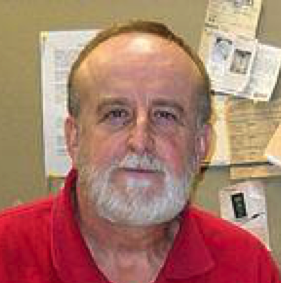Cryopreservation of Cell-Laden Printed Scaffolds?
While 3D bioprinting stands to accelerate tissue engineering, the inability to preserve bioprinted cell-laden scaffolds limits on-demand, “off-the-shelf” products for clinical use (in addition to imposing transportation barriers). Cryopreserved bioprinted scaffolds have low cell viability upon thaw and while this can be avoided by adding cryoprotective agents (CPAs) to the bioink, CPAs lower the viscosity of the bioink and can prevent fabrication of scaffolds.
In a recent paper (Lee et al., 2018), researchers developed a cell-laden bioprinted scaffold capable of being cryopreserved and maintaining high cell viability (>90%) post-thaw. As predicted, the addition of the CPA DMSO altered the viscosity of the bioink and prevented printing of a stable scaffold. However, this was overcome by an innovative approach utilizing a microfluidic channel, core/shell nozzle and low-temperature working stage. The final scaffold consisted of a “core” of low viscosity bioink containing cells, DMSO, and collagen encapsulated by a hard “shell” of alginate.
Importantly, the cells maintained functionality and viability after cryopreservation and were not significantly distinguishable from a fresh scaffold lacking DMSO, demonstrating that cryopreservation of scaffolds is possible, at least from some cell types. - Dr. Kate Franz
















